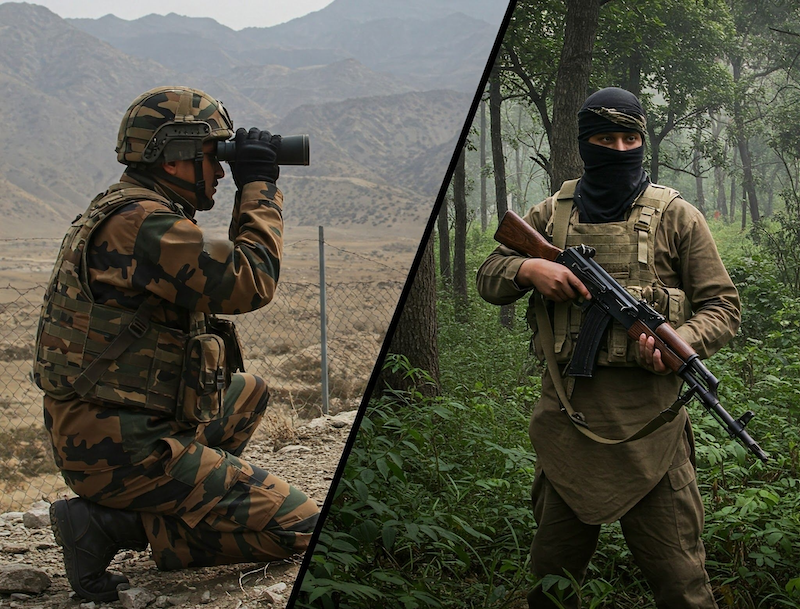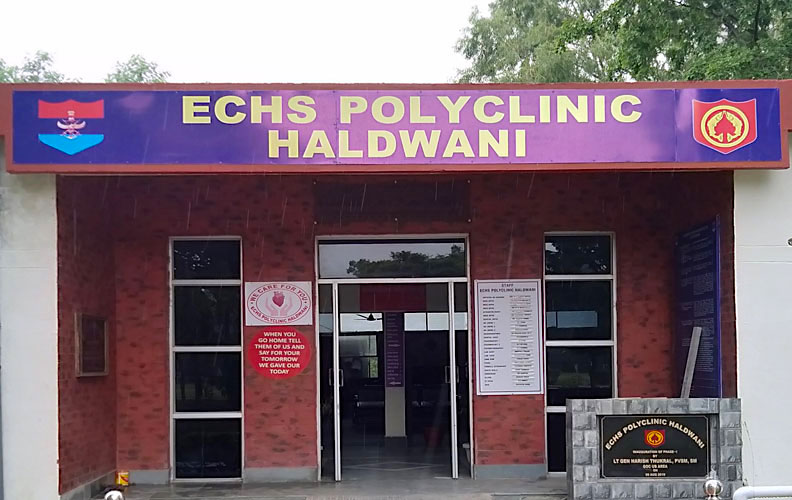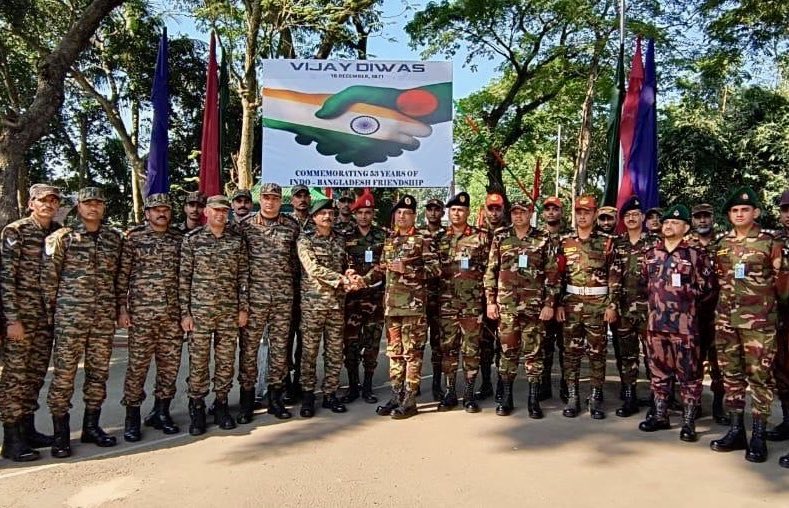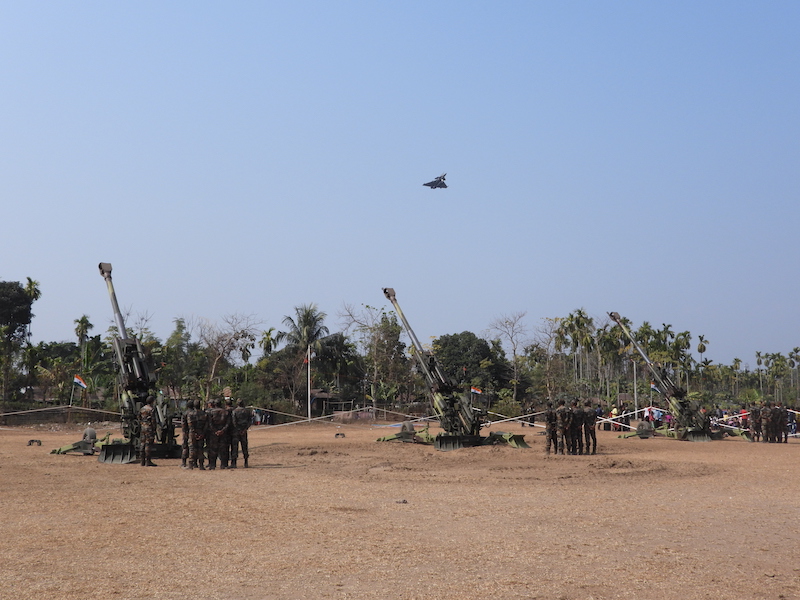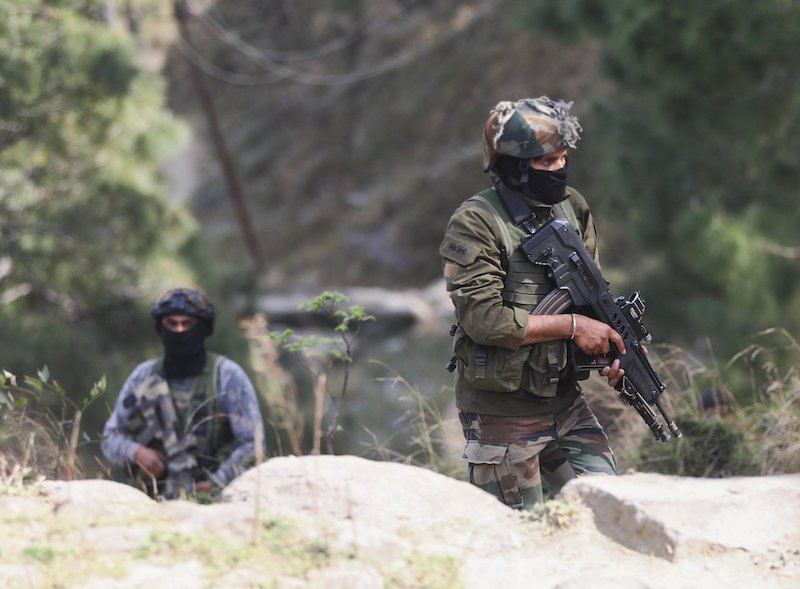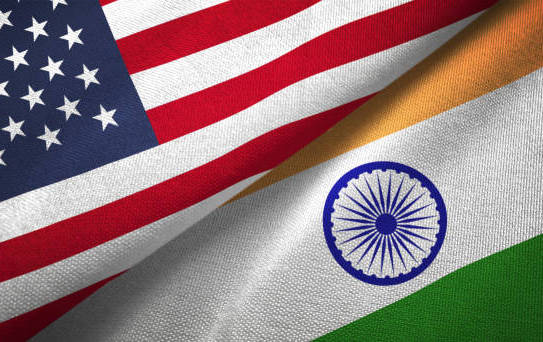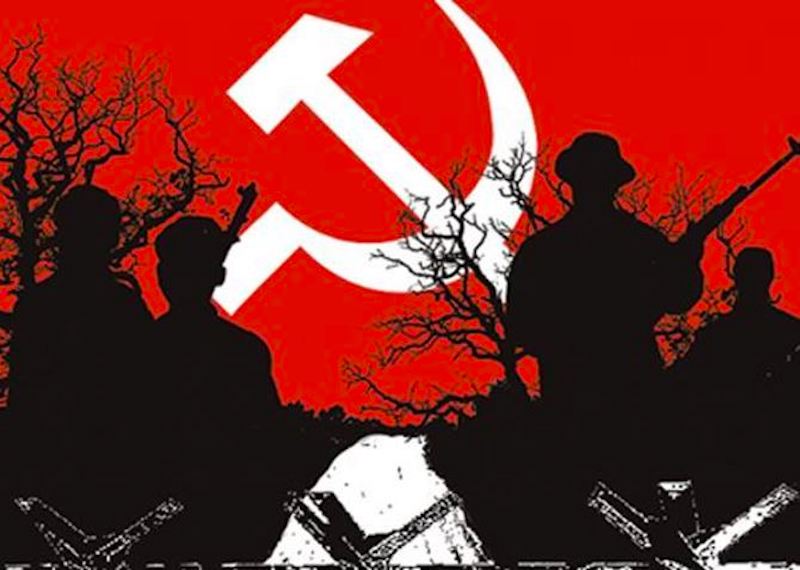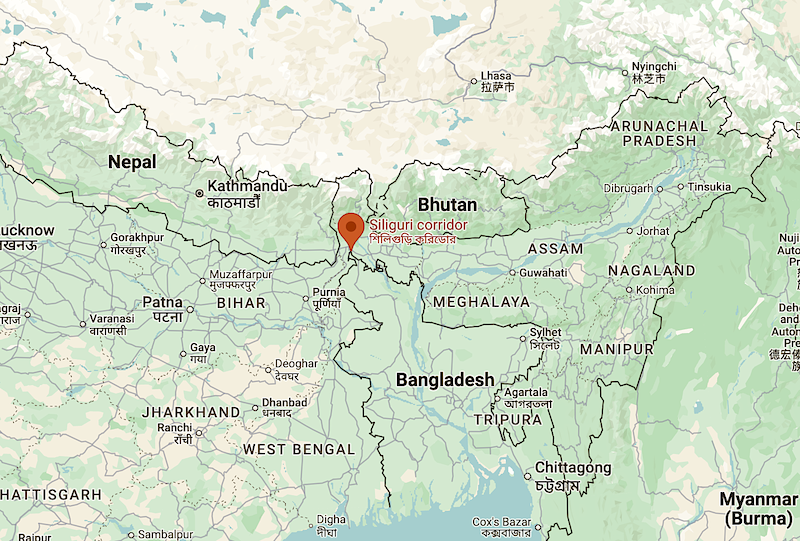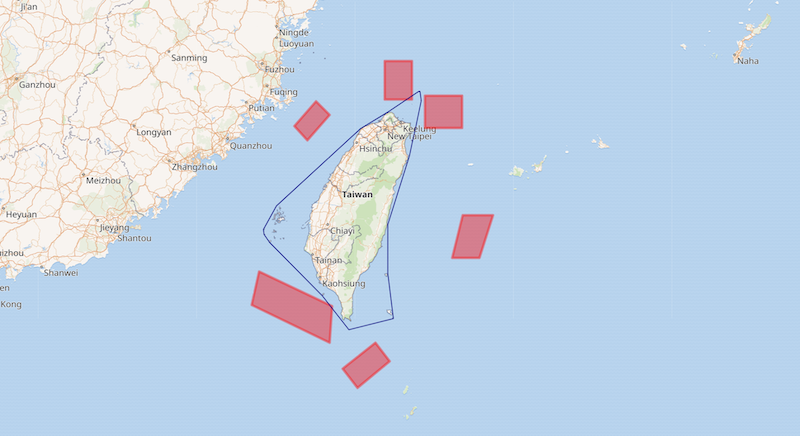 Army men during a counterinsurgency operation in J&K. (Representational photo)
Army men during a counterinsurgency operation in J&K. (Representational photo)
North India is boiling and it’s not because of scorching summer heat, but the introduction of Agnipath scheme, which is going to replace the existing system of recruitment of defense personnel below officer rank (PBOR). The recruits between the age of 17.5 to 21 years (two years’ relaxation is allowed in the first year after the nationwide protest) will be called Agniveers and will be selected only for four years of their services. However, 25% of the Agniveers will be observed as PBOR in the defence forces and remaining will be retired as Agniveers.
As soon as the government announced the scheme, spontaneous leaderless youth protest erupted in north Indian states such as Bihar, Uttar Pradesh, Haryana, Rajasthan, Himachal Pradesh, and Uttarakhand. It is unfortunate that these protests turned violent, which is not an appropriate form in a democratic country and the political angle can’t be ruled out behind arson which has resulted in loss of public property, especially of the railways. However, it is equally unfortunate that the “ITSaleVeers” (pro-BJP government IT cell influencers and trolls) have jumped the wagon to declare the protesters as politically motivated and misguided, without even considering the political, social, and economic reasons behind the mass anger over the scheme announced without any wider consultation.
According to one Indian Express report, 60% of the PBOR belongs to 8 states – Punjab, Haryana, HP, UP, Uttarakhand, Bihar, Rajasthan, and Maharashtra. Also, 80% of the PBOR comes from rural india. The families which sent their children for PBOR are generally belongs to either poor income group or, at best, lower income group and sees the employment with defense forces to achieve social and economic dignity. Once recruited, families send their children with full knowledge of uncertainty if they will return after retirement or will receive their bodies in between. The pay scale is also not very remunerative in terms of in-hand salary when compared to other government salaries and it is because the seventh pay commission did not recommend at par salary increase because it is only PBOR which has retained pension system as well other benefits such as subsidized goods provided through OSD canteens. In these uncertainties along with the challenging duty condition on hostile borders with Pakistan and China, the motivation to join the Indian defence Forces are nationwide respect as well as economic security associated with it in the long run.
With introduction of new schemes, all existing vacancies for which physical and medical tests were already completed were subsumed and the aspirants have to apply in this scheme. Under the new scheme, 75% of Agniveers can’t serve Indian defence forces beyond the stipulated four years of services and that is the real reason behind anger of the aspirants which resulted in spontaneous protests. These protests were so vociferous that the government must provide relaxation of two years in upper age limit for this year to consider the aspirants who were waiting for recruitment drive since 2020. Since then, several announcements have been made either by state governments or central ministries, such as railway and home regarding preferences or reservation for Agniveers in future employment. The government’s numerous subsequent announcements are indicative of the fact that the policy was never discussed widely with in and that is why, several questions have been unanswered even at the policy level. But even before that, let us analyse the stated objective of government for this scheme.
First, the government stated objective for this scheme is to make the PBOR profile younger. But for that, it’s not the shortening of service length but reduction in eligibility age is desired. Therefore, the government argument seems hollow and does not provide assurance or confidence to citizens on the stated objective. Second, another government stated objective is to have tech-savvy personnel. It is beyond imagination that how limiting the service year for 75% of recruits is correlated with this given everyone will go through the same recruitment process. Instead, government or defence forces should change their recruitment process to allow entering of more tech-savvy personnel. Finally, the stated objective is to produce skilled young workforce who can contribute in non-defence sectors once they retire from Agniveers. Does government have accepted that the “Skill India” scheme has failed to deliver and now the only mechanism left is to train them with Indian defence forces?
Now let us analyze the unanswered policy question on the impact of this scheme. First, did government analyse the impact of uncertainty in the minds of Agniveers for first four years of service on morality, courage and valour of the forces? Note that the PBOR is no ordinary government forces for which efficiency can be measured using output produced. Force’s personnel output is their ability to defend our country during external aggression, which had happened only four times since independence. Extraordinary courage is shown during testing times of wars or counter insurgencies and that is inculcated in every PBOR over a longer association and that may be missing in short-term engagement. We have example of Short Service Commission and National Cadet Corps personnel.
Second, did government analysed the impact on corruption that can arise due to the scheme nature of confirming only 25% of Agniveers for PBOR? It is hardly a secret that the Agniveers willing to be absorbed into forces may offer bribe and political agents could play to the arena. Remember that the current prime minister scrapped Group D interview process by stating that the process is the source of corruption. Agniveers offering bribe for confirmation is going to be a bigger security nightmare for India as the Agniveers will have all incentive to indulge in wrong means to recover this illegal cost. For example, they can easily be induced to allow infiltration for monetary gains.
Third, did government analysed the security threat if the Agniveers are tapped by anti-India elements, especially by enemy states, such as Pakistan and China. Assuming that some of the Agniveers will have the feeling of unfair treatment when they don’t get confirmation, but were desiring so. Given their young age and not having any family responsibilities such as wife and children, their disengagement could be easily trapped by enemy states. The nation has the right to know if government is ready to contain such elements through its counterintelligence network. As far as current time is concerned, the regular news of defence personnel getting honey trapped don’t provide such confidence.
Lastly, did government studied the impact on quality of soldiers with shorten length of trainings versus the regular ones. There are many skills which can be leant on job. For example, no training is sufficed to face bullets coming from terrorist or Pakistani army’s guns and that is why, we continue to lose soldiers in every counterinsurgency operation. Will new recruits be able to handle the real situations as good as the current ones? Remember, wars don’t give second chance. We lost territory to China in 1962 wars because the-then prime minister, Jawaharlal Nehru, neglected acquiring modern weapons – and when the need came, the Indian Army was left to defend our land with World War II-era weapons.
Ultimately, it is the national security for which we maintain defence forces and expenditure on such maintenance can’t be left to half-baked policies on the name of reforms. Any reform has to be backed by detailed studies and the nation has all the rights to know the defence policies, especially when India has suffered humiliation due to personal agenda. Therefore, no one should defend the indefensible.
Disclaimer: The views expressed in the article are the author’s own and don’t necessarily reflect the views of India Sentinels.
© India Sentinels 2022-23

